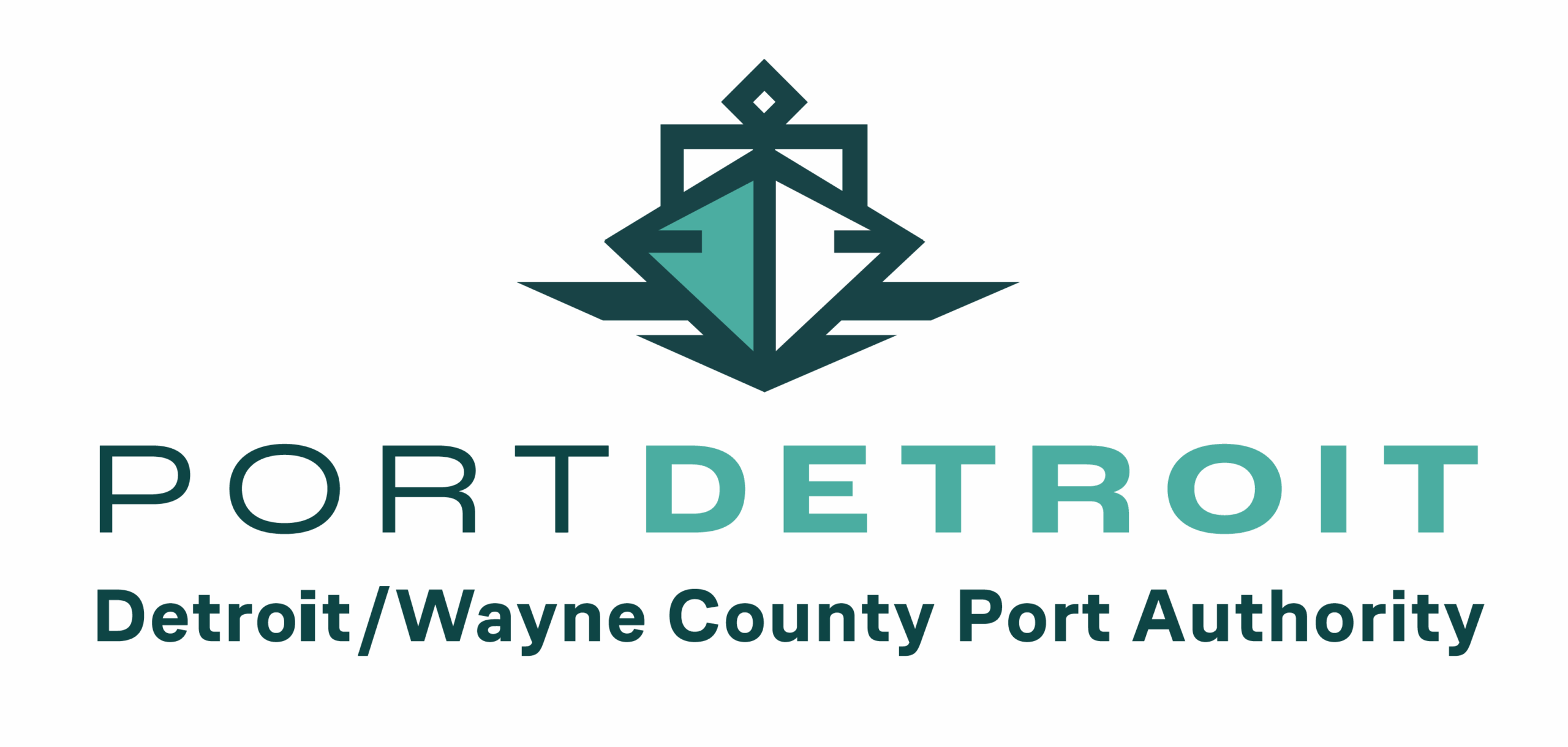The Great Lakes Seaway Shipping System
The five Great Lakes, their connecting channels, and the St. Lawrence River form one of the longest deep draft navigation systems in the world. This bi-national waterway has been a foundation of the region’s economy for more than 200 years. From the earliest days of European settlement—long before the advent of railroads and highways—the Great Lakes and St. Lawrence River served as the primary transportation system, enabling commerce and trade across vast distances. Many of North America’s largest cities were founded as trading posts along this marine highway, and commerce between their ports flourished.
Over time, navigation improvements in both the United States and Canada have enhanced the waterway’s connectivity and capacity. The Welland Canal, opened in 1829, linked Lake Ontario and Lake Erie, allowing vessels to bypass Niagara Falls. The Soo Locks made the St. Marys River navigable, connecting Lake Superior to the lower Great Lakes. Since 1959, the St. Lawrence Seaway has enabled ocean-going ships to sail from Lake Ontario to the Atlantic Ocean, taming the river’s natural obstacles.

